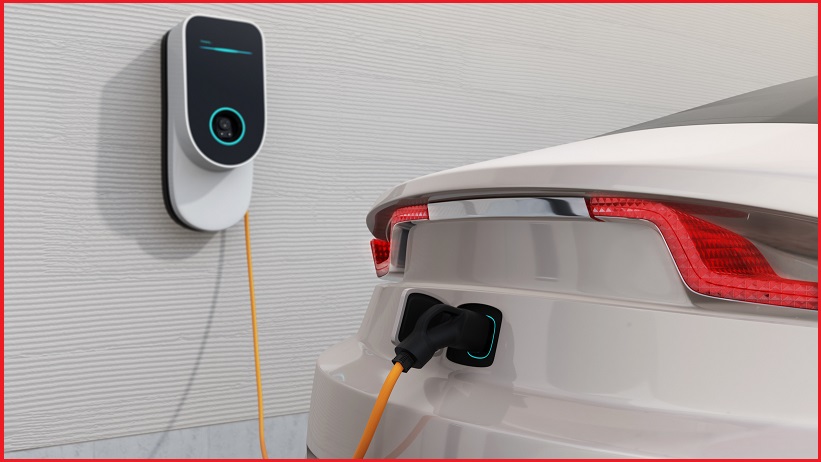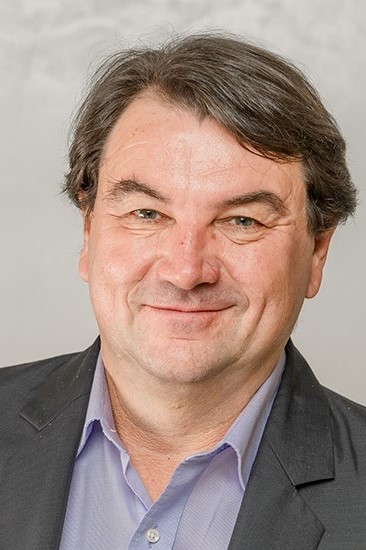The NSW government will waive stamp duty for electric vehicles (EVs) costing less than $78,000 and offer $3,000 rebates to 25,000 people who buy a battery and hydrogen fuel cell electric vehicles priced under $68,750 as part of a $490 million state budget package to shift the dial on EV sales in the state.
While EVs currently make up around 9% of new car sales in Australia, the NSW government has set ambitious targets in its Electric Vehicle Strategy, hoping to lead the way by converting half the fleet to electric or hydrogen by 2026, before going 100% electric by 2030.
Battery and hydrogen fuel‑cell EVs under $78,000 – the federal government’s luxury car tax threshold – won’t attract stamp duty from 1 September, 2021.
All other EVs, including plug-in hybrids, won’t pay stamp duty from either July 2027, or when EVs make up at least 30% of new car sales, whichever comes first.
The same 2027/30% threshold will apply to the government’s plan to introduce a 2.5 cents per kilometre road user charge (CPI-linked to 2021 dollars) for EVs.
That charge will replace stamp duty, and partially compensate for the loss in fuel excise revenue from the switch to electric.
NSW Treasurer Dominic Perrottet said the $490 million plan in the 2021-22 NSW Budget was designed to both incentivise the take-up of electric vehicles and ensure everyone who uses them contributes to their cost.
“Our strategy also commences long-term major tax reform. Today we begin the process of permanently phasing out stamp duty on electric vehicles and a deferred transition to a fair and sustainable per-kilometre road user charge for electric vehicles,” he said.
“From young adults saving for their first car in Western Sydney to retirees planning a road trip to Broken Hill, these incentives will make electric vehicles accessible and affordable for all NSW residents.”
The other good news for EV drivers in Sydney is they’ll be able to use the T2 and T3 transit lanes over the next few years even if they’re on their own – an incentive that’s proved popular in Europe.
Range anxiety addressed
The government is hoping that 50% of all new car sales will be electric or hydrogen by 2030.
NSW also appears to be keen to address their issue of “range anxiety” with $171 million earmarked for new state-wide charging infrastructure.
This includes $131 million to spend on new ultra-fast vehicle chargers, $20 million in grants for destination chargers at regional tourism businesses such as hotels, restaurants and wineries and $20 million for charging infrastructure at public transport hubs.
Under the plan, Sydney commuters will be no further than a 5-minute drive from a public fast-charging station and there will be more destination chargers at commuter carparks in Sydney. Households in areas with limited off-street parking will live no more than 5km from an ultra-fast charger, and ultra-fast chargers will sit at 100km intervals on average along major NSW highways.
A budget package also allocates $33 million to transitioning the NSW Government passenger fleet to EVs.
Limited options
The $78,000 threshold means you could buy a Tesla Model 3 SR+ – the only car in the brand below the luxury car tax charge – and hopefully the Model Y when it lands on these shores in either late 2021 or early 2022.
Among prestige brands, only the BMW i3 and i3s fall under the $78k benchmark.
If you can afford a $100,000+ Jag, Audi, Volvo, Porsche or the other Teslas, you’ll still be paying the full whack of stamp duty – a Jaguar iPace will see you chipping in around $5,600 in stamp duty to Perrottet’s coffers.
There are currently around 30 models available in Australia, with another dozen slated to arrive over the next 12 months, but electric cars don’t come cheaply in Australia and the federal government has ignored calls for incentives – during the 2019 election campaign PM Scott Morrison claimed “Bill Shorten wants to end the weekend” with Labor’s EV policy – which may partly explain the slow uptake.
The best seller, the Nissan Leaf, costs more than $50,000 and the cheapest option, the MG ZS EV will set you back $43,990 drive away.
Minister for Transport and Roads Andrew Constance said the transport sector currently makes up 20% of the state’s carbon emissions, and nearly 50% of that figure is from passenger vehicles.
“Electric vehicles are not only cheaper to run and quieter on our roads, but they also reduce both carbon emissions and air pollution which results in dramatically improved health outcomes for our communities,” he said.
“As the world’s right-hand drive market moves to manufacturing electric vehicles, we have to make sure we have the policies in place to give industry the green light to increase model availability and cut entry price points.
“The average NSW driver will save around $1,000 a year in running costs by switching to an EV, and those savings can be up to $7,500 a year for businesses, taxis and freight.”
More on the plan is available here.
This article orginially appeared on Startup Daily.










